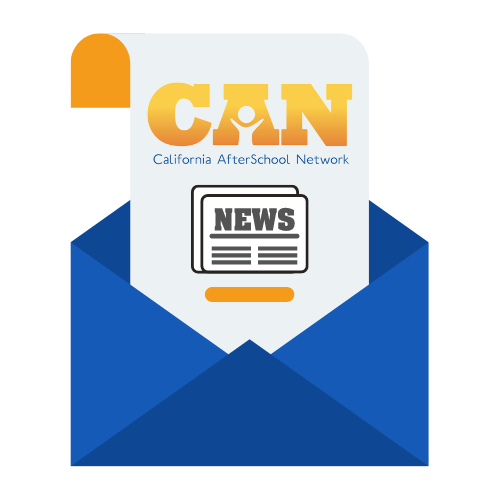
-
How Does a Wind Meter Work? | Science Project
(sciencebuddies.org) On a windy day it is hard to keep your
hat on! The power of the wind can even be strong enough to
power large wind turbines to make electricity! In this
experiment, find out how you can make your own instrument to
measure the speed and power of the wind. How does it work?
-
Tallest Paper Tower Challenge | Science Project
(sciencebuddies.org) In this engineering challenge, you
will use limited materials to build a paper tower as tall as
possible, but there’s a twist! Your tower must also support a
heavy weight at the top without collapsing. Looking for
inspiration? You can see how other students have tackled this
and other annual Science Buddies Engineering Challenges.
- How
to Build a Toilet Paper Roll Balloon Car – Left Brain Craft
Brain This project is a perfect opportunity to learn about
simple machines: the building blocks of all things that move. The
activity uses easy to find materials and can be done in class and
easily repeated at home.
-
Turn Milk into Plastic | STEM Activity
(sciencebuddies.org) Until about 1945, milk was commonly
used to make many different plastic ornaments, including
buttons, decorative buckles, beads and other jewelry, and many
other items. Milk plastic (usually called casein plastic) was
even used to make jewelry for Queen Mary of England! In this
activity students will make their own casein plastic out of hot
milk and vinegar.
- Devising
an Algorithm for Solving Rubik’s Cube | Science Project
(sciencebuddies.org) This activity shows youth three sets of
move sequences that accomplish specific rearrangements of the
cube. Is there a way to solve the cube using only these
three move sequences?
- Can
Humans Recognize ChatGPT’s AI-Generated Text? | Science Project
(sciencebuddies.org) AI (artificial intelligence)-generated
text is a hot topic for many reasons. Computers can now generate
convincing paragraphs or even pages of text that look like they
were written by a human. How do you know if a news article you
are reading was written by a human or an AI? How does a teacher
know if a student’s essay was written by an AI? How do you
know this text was not written by an AI? In this
science project, you will conduct an experiment to see if
volunteers can correctly identify whether different passages of
text were written by a human or AI.


